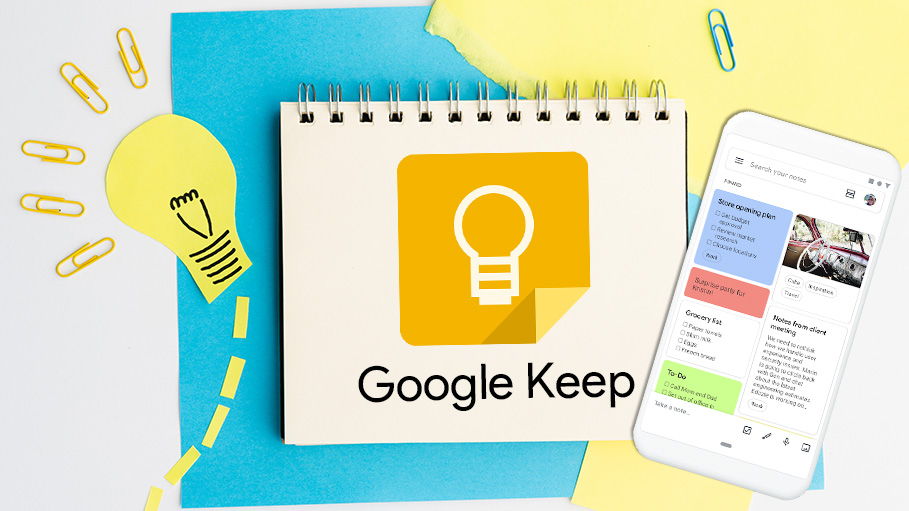
Google Keep is often overshadowed by more prominent note-taking applications, but it harbors a suite of powerful features that can significantly enhance your productivity. Beyond its basic note-taking capabilities, Google Keep offers tools that can transform how you organize tasks, set reminders, and manage information. Let’s delve into five underrated features of Google Keep that deserve more attention.
Extracting Text from Images: A Hidden Gem
Imagine you’re attending a conference and come across an insightful poster filled with valuable information. Instead of manually jotting down notes, you can snap a photo using Google Keep and let its Optical Character Recognition (OCR) technology do the heavy lifting. This feature allows you to extract text from images effortlessly, making it especially useful for capturing information from business cards, documents, or whiteboards.
By leveraging OCR, you can digitize physical text quickly, ensuring that important information is always at your fingertips. This not only saves time but also reduces the risk of errors that can occur during manual transcription.
Location-Based Reminders: Timely Alerts Where You Need Them
Traditional reminders are time-based, alerting you at specific moments. However, Google Keep takes this a step further with location-based reminders. For instance, if you need to pick up groceries, you can set a reminder that triggers when you arrive at your local supermarket. This ensures that tasks are brought to your attention precisely when and where they’re relevant.
Setting up location-based reminders is straightforward:
1. Create a note with the task.
2. Tap on the reminder icon.
3. Choose “Place” and enter the desired location.
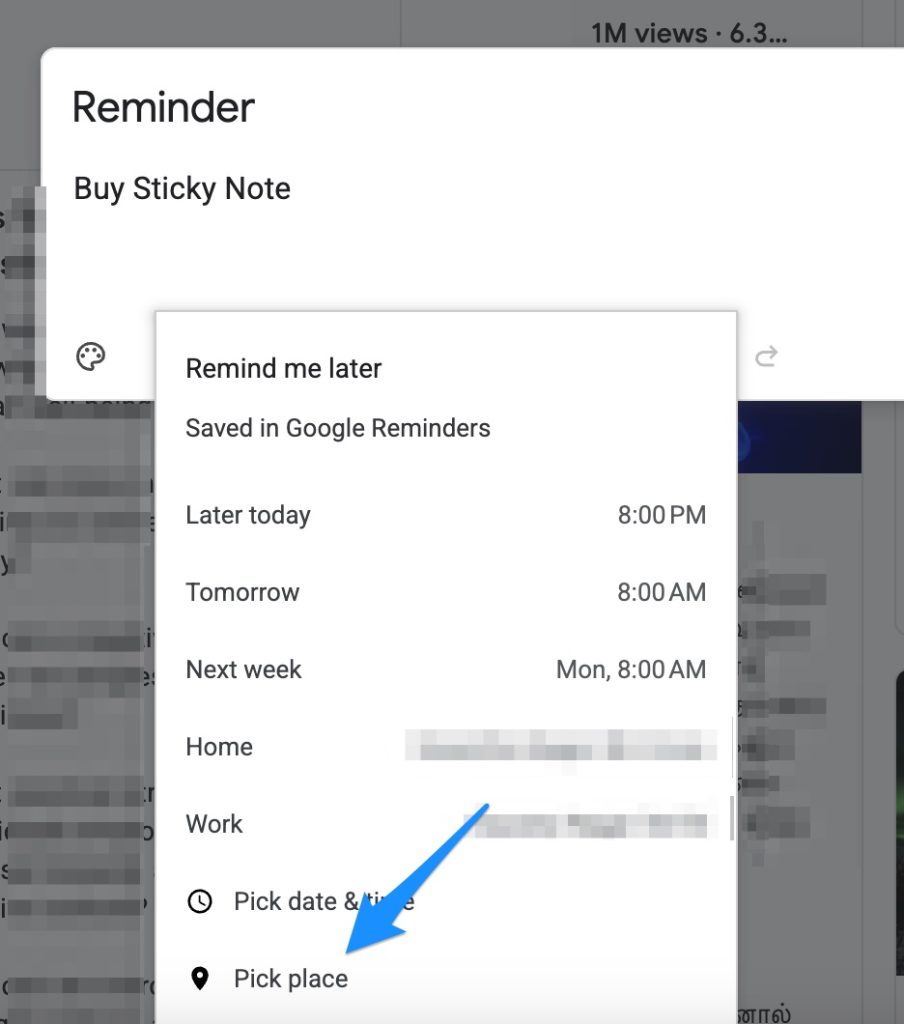
This feature is particularly beneficial for errands and location-specific tasks, ensuring you never forget an important chore when you’re in the right place to complete it.
Color-Coding and Labeling: Visual Organization at Its Best
A cluttered note-taking app can be overwhelming. Google Keep addresses this by allowing you to color-code and label your notes, providing a visual method to categorize and prioritize information.
For example, you might use:
• Red for urgent tasks.
• Green for personal notes.
• Blue for work-related items.
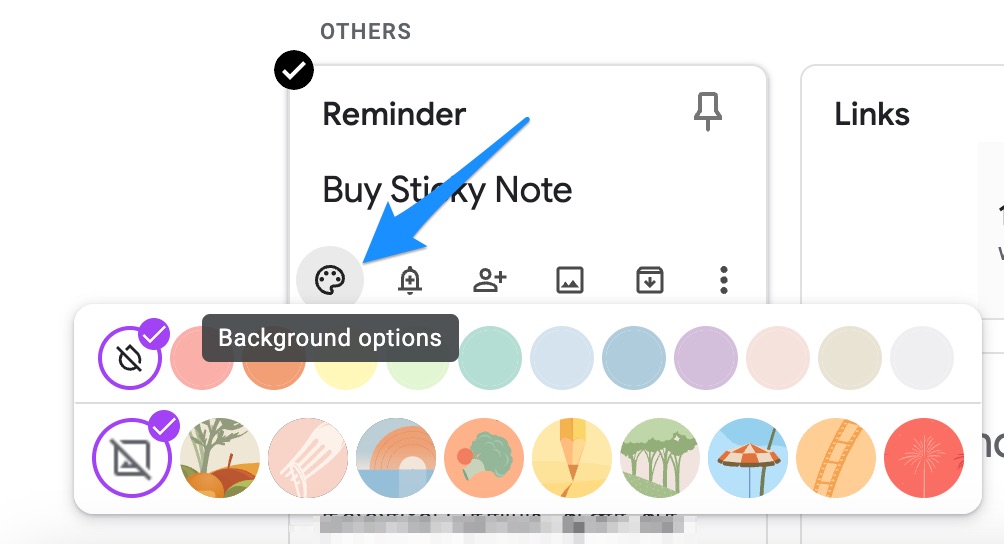
In addition to colors, labels act as tags, enabling you to group related notes together. This dual system of organization makes retrieving specific notes faster and more intuitive. Over time, this visual and categorical organization can significantly streamline your workflow.
Seamless Integration with Google Services: A Unified Experience
One of Google Keep’s standout features is its integration with other Google services, particularly Google Docs. This synergy allows you to:
• Convert notes into documents with a simple click.
• Access your notes directly within Google Docs, facilitating easy reference and incorporation into larger projects.
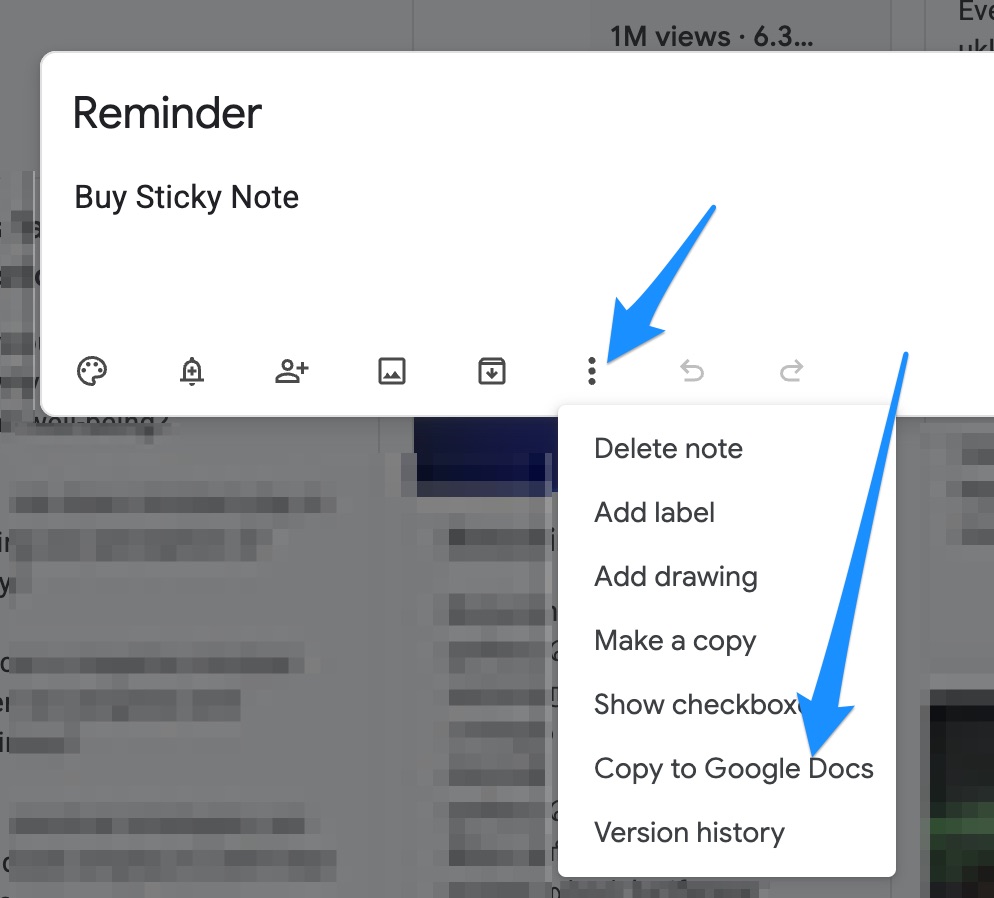
This integration ensures that your notes and documents coexist harmoniously, reducing the need to switch between apps and enhancing overall productivity.
Voice Memos: Capture Thoughts on the Go
There are moments when typing isn’t feasible, such as during a jog or while driving. Google Keep’s voice memo feature allows you to record your thoughts hands-free. What’s more, it automatically transcribes these recordings into text, making them searchable and easily accessible later.
This feature is invaluable for capturing fleeting ideas, reminders, or to-do lists when you’re on the move. It ensures that no brilliant thought goes unrecorded due to situational constraints.
While Google Keep may appear simplistic at first glance, its array of features offers a robust platform for efficient note-taking and task management. By exploring and utilizing these underrated tools—text extraction from images, location-based reminders, color-coding and labeling, integration with Google services, and voice memos—you can tailor the app to suit your personal and professional needs.
Embracing these functionalities can transform Google Keep from a basic note-taking app into a central hub for productivity and organization.

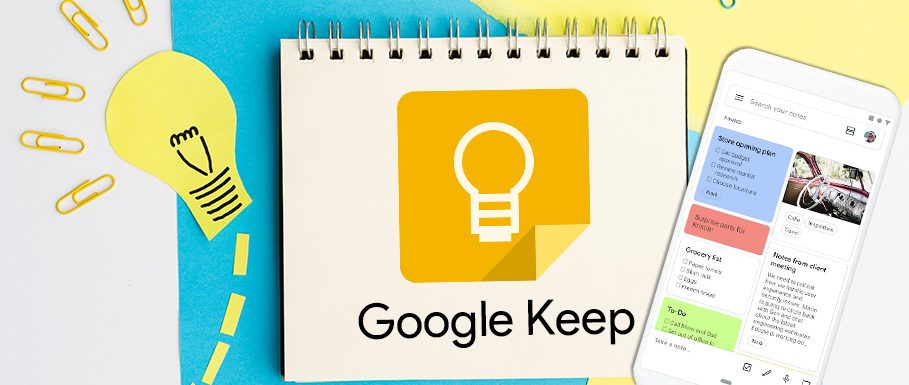





Leave a Reply